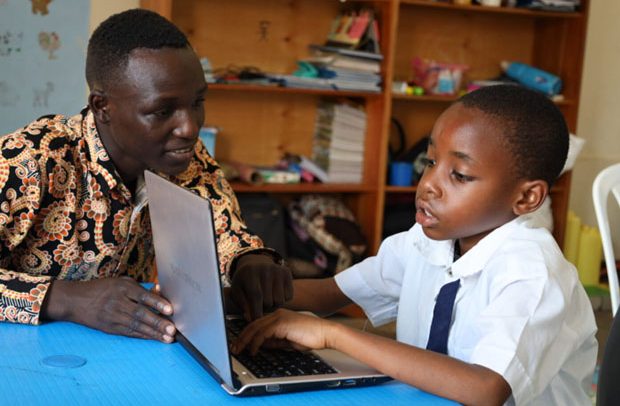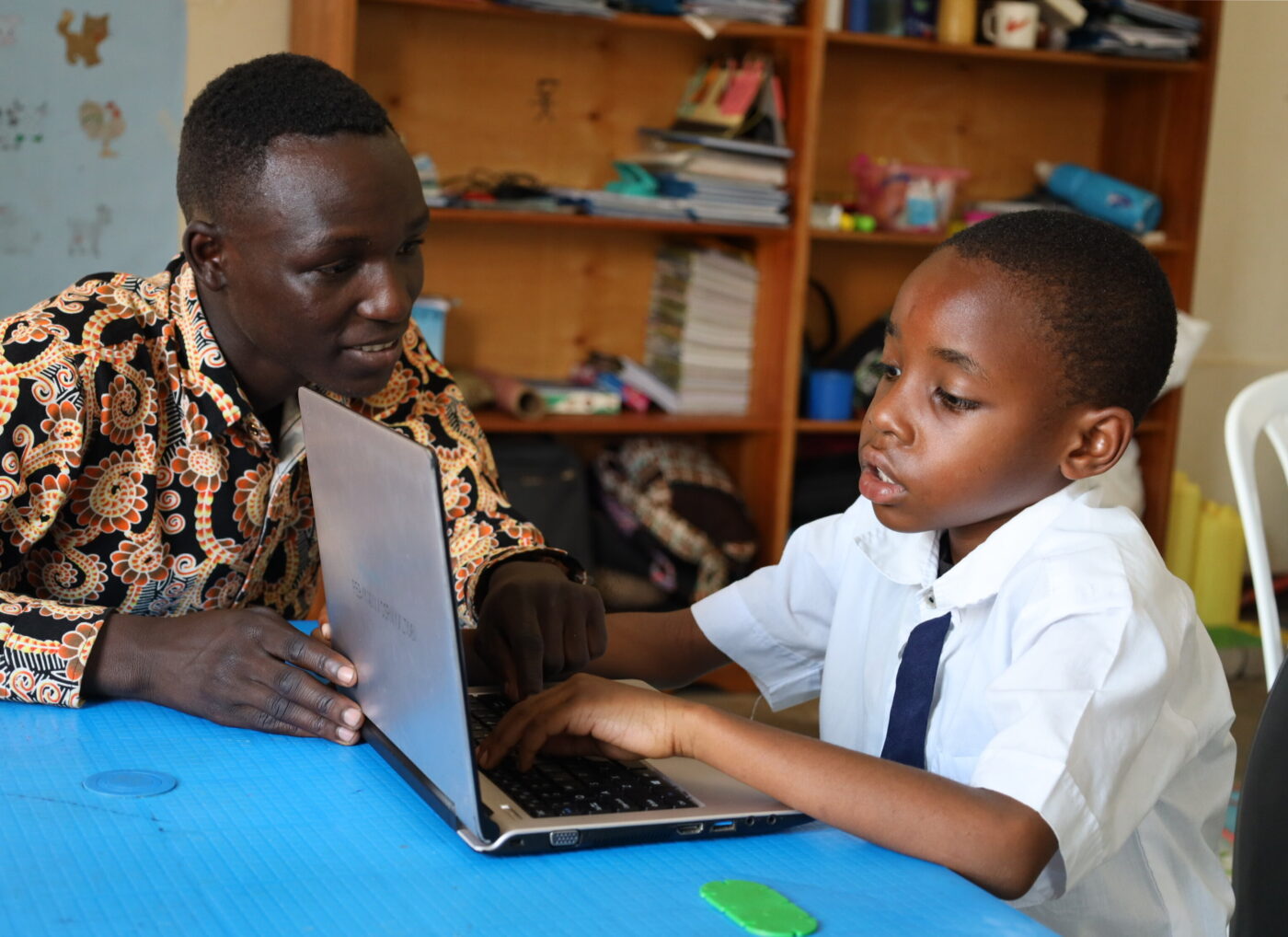
Education is pivotal for national progress; however, many students in our public schools face hurdles that hinder their learning due to developmental delays and special educational needs. Children with cognitive, sensory, or physical impairments struggle to keep pace, and without appropriate support, their potential can remain unfulfilled, restricting their contributions to society. The Ministry of Education must prioritize investment in assistive technology to address the technological deficiencies in our educational institutions and foster inclusive education.
Understanding Inclusive Education and Assistive Technology
Inclusive education guarantees that all students, regardless of their abilities, receive quality instruction in regular classrooms, aligning with Sustainable Development Goal (SDG) 4, which advocates for education for all. Achieving genuine inclusivity necessitates the use of assistive technology-tools, software, and devices that enable students with disabilities to learn effectively.
Assistive technology encompasses low-tech options like braille books and hearing aids, as well as advanced tools such as speech-to-text software, screen readers, and adaptive learning platforms. These resources empower students with disabilities to overcome obstacles and engage fully in their educational experiences.
Challenges in Our Schools
A significant number of students with disabilities in our public schools lack essential support due to insufficient resources, untrained staff, and societal biases. Our classrooms often lack necessary adaptations, and teachers frequently lack the training needed to address the needs of diverse learners.
As stated in UNICEF Ghana’s Inclusive Education report, children with disabilities are twice as likely to be out of school compared to their non-disabled peers (UNICEF, 2021). The exclusion of many children with disabilities from regular education often results from physical obstacles or insufficient access to specialized resources, emphasizing the critical need for assistive technology to foster inclusive learning settings.
The Role of Assistive Technology in Closing Educational Gaps
Assistive technology can revolutionize education in Ghana by providing equal learning opportunities for all students. Key areas that need financial support include:
- Visual Impairments Support
Screen readers, electronic braille displays, and magnification software can aid visually impaired students in accessing educational materials.
- Hearing Impairments Assistance
Digital solutions like hearing aids, real-time transcription tools, and sign language interpretation can enhance the learning experience for deaf or hard-of-hearing students.
- Adaptive Learning Resources
Customized digital platforms can assist students with developmental delays or learning disabilities, allowing them to learn at their own pace.
- Accessibility Enhancements
Schools should focus on creating wheelchair-accessible facilities, adjustable desks, and communication aids for students with mobility challenges.
- Educator Training in Assistive Technology
Teachers must be equipped to effectively utilize assistive tools. Ongoing professional development in special education and technology will help teachers foster inclusive classrooms.
Economic and Social Advantages of Assistive Technology
Investing in assistive technology serves not only as a moral imperative but also as an economic necessity. Failing to educate children with disabilities will resultin a significant loss of human capital. The World Bank and Global Partnership for Education’s 2017 report indicated that in 19 developing countries, only 48% of children with disabilities complete primary education, with as many as 30% having never attended school (World Bank, 2017).
On a social level, inclusive education promotes empathy and cooperation among students, helping to dismantle discrimination and prepare learners for a diverse world. With adequate support, students with disabilities can become independent and productive, reducing their long-term reliance on social welfare services.
Moving Forward
To successfully integrate assistive technology in our schools, several steps must be implemented:
- Increased Government Funding
The Ministry of Education should prioritize financial allocations for assistive technology within the national education budget, leveraging partnerships with international organizations and the private sector for additional resources.
- Policy Enforcement
Current policies on inclusive education need to be reviewed and enforced to ensure the incorporation of assistive technology across all schools.
- Special Education Training Expansion
Teacher training programs should integrate courses on assistive technology, and continuing education opportunities should be made available for existing teachers.
- Public Awareness and Advocacy
Awareness campaigns can help shift public perspectives on disability and inspire parents to advocate for their children’s rights.
- Monitoring and Evaluation
A systematic monitoring approach should be established to evaluate the effectiveness of assistive technology initiatives and identify areas for improvement.
Conclusion
Investing in assistive technology is critical for realizing inclusive education in Ghana. No child should be disadvantaged due to disabilities or learning difficulties. By equipping schools with necessary resources and thoroughly training educators, we can build an equitable education system that empowers all learners. Collaboration among the Ministry of Education, stakeholders, and the community is essential to ensure that assistive technology is seamlessly integrated into our educational framework. The time for action is now to eliminate technological barriers to student success.
WRITTEN BY:
WISDOM KOUDJO KLU,
EDUCATIONIST/COLUMNIST L,
GREATER ACCRA REGION.
The post Beyond Chalk and Talk: The Need for Assistive Technology in Ghanaian Classrooms appeared first on The Ghanaian Chronicle.
Read Full Story
























Facebook
Twitter
Pinterest
Instagram
Google+
YouTube
LinkedIn
RSS